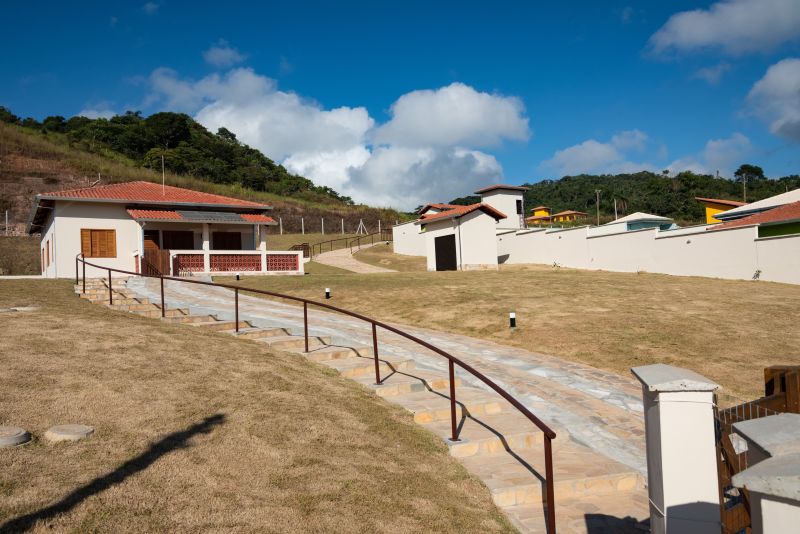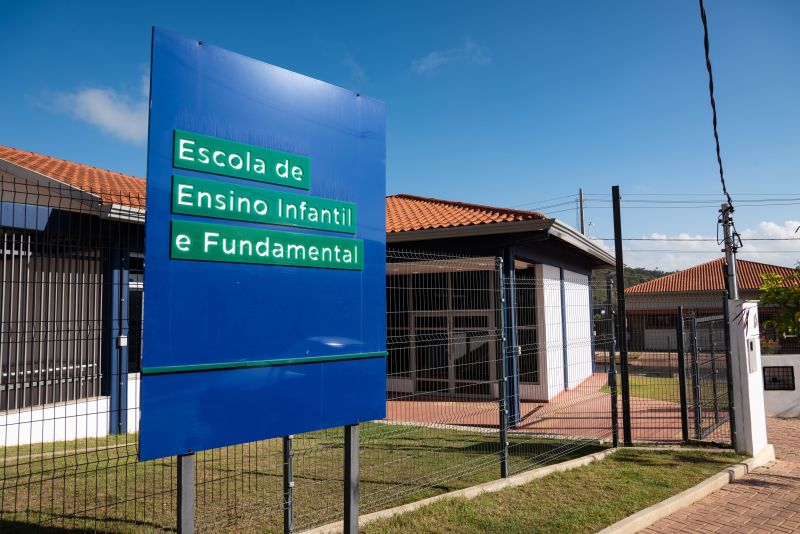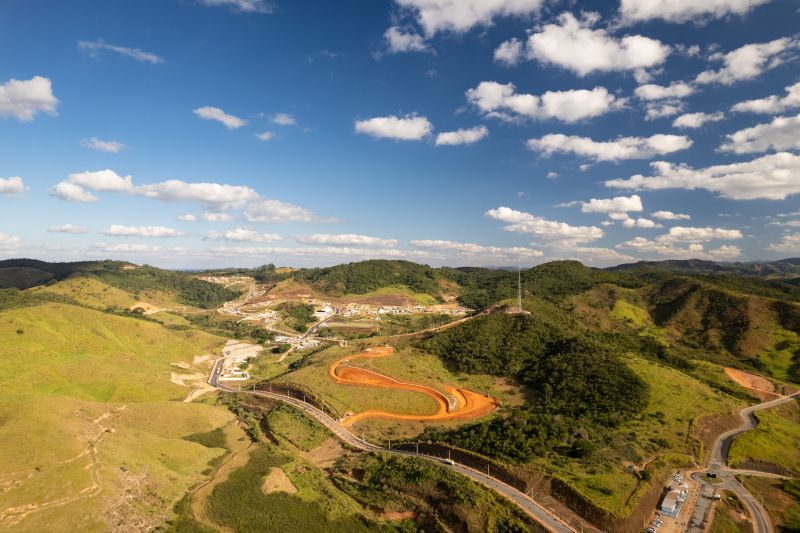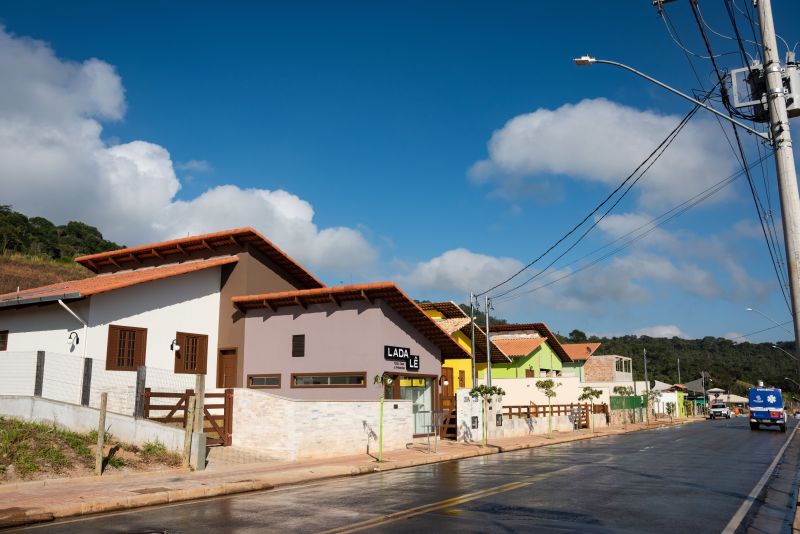The Mariana dam disaster, which unfolded in November 2015 in Brazil, became a tragic chapter in environmental and industrial safety history. As toxic sludge cascaded through villages, obliterating homes and lives, the need for an urgent and coordinated response from local governments became evident.
In the wake of such overwhelming devastation, officials faced an intricate web of challenges: from providing immediate aid to displaced communities, to grappling with the long-term environmental ramifications. This incident not only highlighted the vulnerabilities of regulatory frameworks but also showcased the resilience of communities striving to recover.
The responses crafted by local governments were multifaceted, marked by rapid mobilization of resources, community engagement, and sometimes, the stark realities of bureaucratic limitations. Exploring these responses reveals not just the immediate impact of the disaster, but also lessons on governance, preparedness, and community solidarity in the face of crisis.
Overview of the Incident: Timeline and Impact

The Mariana dam disaster, which struck on November 5, 2015, unfolded with harrowing speed, unleashing a torrent of toxic sludge that devastated the surrounding environment and communities. In the hours following the collapse, local governments scrambled to respond; emergency protocols were activated as officials assessed the immediate danger to residents, wildlife, and waterways.
The timeline of events is marked by urgency—roadblocks were established to restrict access to contaminated areas, while critical meetings convened to coordinate rescue efforts and declare a state of emergency. By dawn, the full impact became chillingly apparent: entire neighborhoods affected, livelihood shattered, and an ecological crisis looming.
With the damage extending far beyond the initial devastation, the ripple effects of this catastrophe would resonate for years, prompting an urgent reevaluation of safety standards and emergency preparedness within local governance structures.
Immediate Response Actions by Local Authorities

In the wake of the Mariana Dam disaster, local authorities sprang into action with a mix of urgency and resolve. First responders, including fire and rescue teams, combed through the debris, searching for survivors amidst the chaos.
Simultaneously, the health department mobilized to set up emergency clinics, offering medical assistance to those affected by the toxic spill. Authorities coordinated closely with environmental agencies to assess contamination levels, ensuring that the community\’s water supply did not pose a further threat.
Community meetings were held almost immediately, providing a platform for residents to voice their concerns and receive updates, reinforcing the local government\’s commitment to transparency amidst the unfolding crisis. As the days progressed, these swift actions reflected not only a reaction to the immediate aftermath but also a strategic approach to managing the long-term repercussions of the disaster, as local leaders grappled with the pressing need for recovery and rebuilding.
Coordination with Emergency Services and NGOs

In the wake of the Mariana Dam disaster, local governments swiftly recognized the imperative of coordinating with emergency services and non-governmental organizations (NGOs) to mount an effective response. This collaboration was not merely logistical; it demanded a seamless integration of resources and expertise.
Local authorities established command centers, facilitating real-time communication between fire departments, medical teams, and NGOs, all working towards a common goal: saving lives and providing immediate relief to affected communities. NGOs brought invaluable experience and grassroots connections, often mobilizing volunteers who could navigate the tangled aftermath of the disaster.
The result was a dynamic interplay of efforts—rescue operations complemented by critical supplies of food, water, and medical aid—each entity bringing its strengths to bear as they faced the daunting challenges of recovery. In a landscape marked by uncertainty and urgency, the synergy of local government and external organizations emerged as a beacon of hope amid the chaos.
Conclusion
In conclusion, the response of local governments to the Mariana Dam disaster reflects a complex interplay of immediate actions, ongoing challenges, and lessons learned. The devastating impact on communities, ecosystems, and economies underscored the urgent need for effective disaster management and stronger regulatory frameworks.
Local authorities had to navigate the immense task of providing support and assistance to affected residents while simultaneously addressing the environmental restoration of regions like Rio Doce foz. As they continue to grapple with the aftermath, it is imperative that lessons from this tragedy inform future policies, ensuring that resilience is built into the fabric of local governance to prevent such disasters from recurring.
The experience serves as a critical reminder of the vital role that local governments play in safeguarding communities and the environment in the face of industrial risks.


